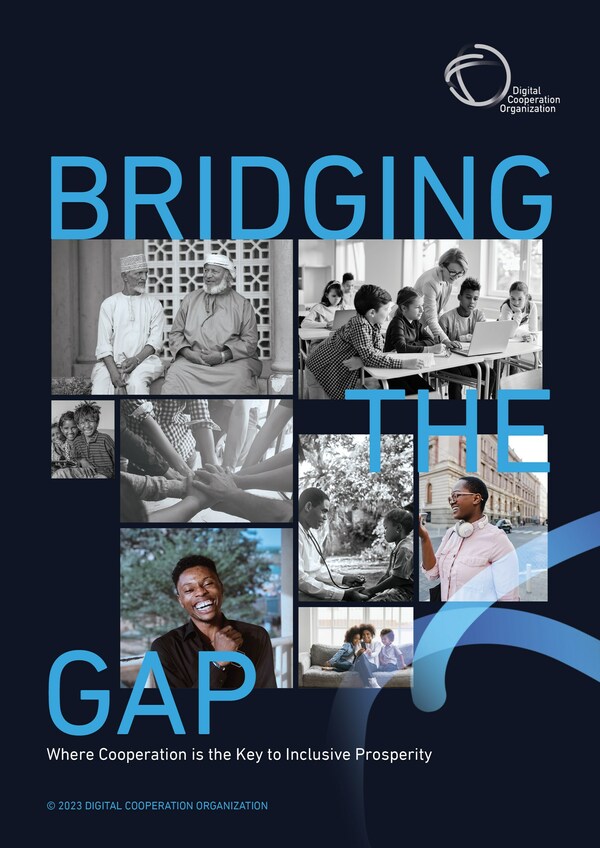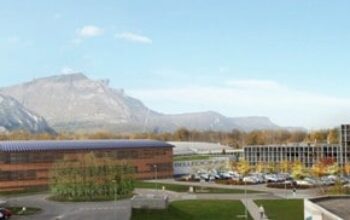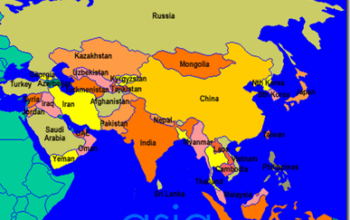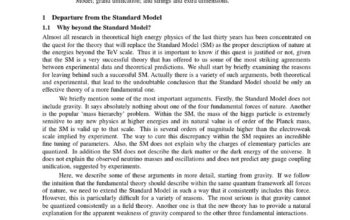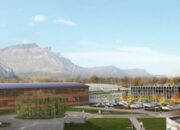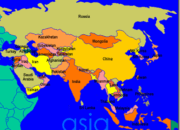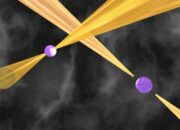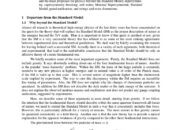The cosmos, with its vast and inscrutable mysteries, has always beckoned humanity to explore its depths. However, in the realm of astrophysics, the disparity between the North and South in terms of resources, technology, and research opportunities poses significant challenges to our collective understanding of the universe. This article contemplates the intricate dynamics of astrological inquiry by examining the imperative for a North-South collaboration, exploring how such partnerships can potentially bridge the cosmic divide.
The North, characterized by its technological prowess and advanced research institutions, often sets the agenda for the scientific inquiry into astrophysics. The South, conversely, grapples with limited funding, technological barriers, and a dearth of infrastructure. Yet, what if the South holds the key to unraveling some of the universe’s oldest secrets? Is it plausible that a genuine coalescence of knowledge could lead to groundbreaking discoveries, mitigating the disparities that characterize contemporary astrophysical research?
Before addressing this question, it is essential to clarify the inherent challenges that arise from disparate geographic and economic conditions. The Northern hemisphere is home to renowned observatories and laboratories, equipped with cutting-edge telescopic technology and supercomputers designed to process extensive datasets. In contrast, many Southern regions lack adequate access to such facilities, which limits their capacity to participate fully in astronomical studies. This asymmetry raises the question: how can collaborative efforts be structured to ensure an equitable sharing of knowledge and resources?
To address this question, it is necessary to investigate existing models of collaboration that have successfully functioned in various scientific disciplines. The European Southern Observatory (ESO) serves as a pertinent example. By pooling resources from various nations, ESO has transformed the Atacama Desert into one of the most potent astronomical research sites globally. This model highlights the potential of joint ventures between Northern and Southern nations, facilitating knowledge sharing while emerging as a paradigm for scientific collaboration.
In dissecting the nature of North-South collaboration in astrophysics, it becomes evident that several mechanisms can foster effective communication and cooperation. First and foremost, establishing joint research initiatives can prove seminal. These initiatives should focus on aligning research interests and maximizing the utilization of existing infrastructures on both sides. Furthermore, investing in collaborative training programs can foster a generation of scientists adept in navigating the complexities of astrophysical challenges. Such programs can be enriched by affiliated workshops and internships that challenge students from both hemispheres to explore topics such as gravitational waves, black holes, and cosmic microwave background radiation together.
Furthermore, the digital advancement of the 21st century provides an unprecedented opportunity to leverage technology as a bridge. Platforms for remote collaboration, such as virtual laboratories and online databases, can facilitate data sharing and joint research ventures, irrespective of geographic barriers. For instance, utilizing cloud computing allows researchers in the Global South to access massive datasets collected by Northern observatories. This democratization of information can help catalyze innovative research that transcends traditional territorial constraints.
However, a variety of sociopolitical factors can impede the success of these collaborative endeavors. The geopolitical landscape can create tensions that hinder the free exchange of scientific knowledge. Historical grievances, economic disparities, and differing governmental policies may cultivate an environment where collaboration becomes rife with obstacles. Addressing these barriers is crucial for creating an effective platform for collaboration. Initiatives should also extend beyond academia to engage policymakers, ensuring that scientific agendas can flourish amid a supportive political environment.
One of the substantial challenges in forging North-South collaborations lies in the differing scientific methodologies and priorities that characterize research communities in North and South. Scientific paradigms are often culturally contingent, which raises concerns over the potential imposition of Northern epistemologies on Southern research priorities. It is imperative to cultivate a respectful dialogue that honors diverse methodologies while prioritizing a collaborative ethos in research design. For instance, Southern institutions may prioritize community-specific astronomical questions or indigenous understandings of the cosmos that Northern models overlook.
Ultimately, to genuinely bridge the cosmic divide, there must be an acknowledgment of the unique contributions that Southern researchers can offer. Collective projects should emphasize inclusivity, seeking to integrate local knowledge and perspectives into mainstream astrophysical discourse. Enthusiasm for collaborative scientific exploration can be invigorated by acknowledging the potential breakthroughs that may arise when diverse voices are included in the dialogue.
In conclusion, the landscape of astrophysics stands at a pivotal moment, wherein the potential for transformative North-South collaboration is tantalizingly within reach. The acknowledgment of shared goals, appreciation of diverse methodologies, and active engagement with sociopolitical realities can lay groundwork for a robust and equitable partnership. Instead of allowing geographic and economic disparities to divide our understanding of the cosmos, let us endeavor to bridge these divides and collectively illuminate the enigmas of our universe. The question remains: are we prepared to transcend these challenges and venture forth into a newfound era of astrological inquiry, together?
